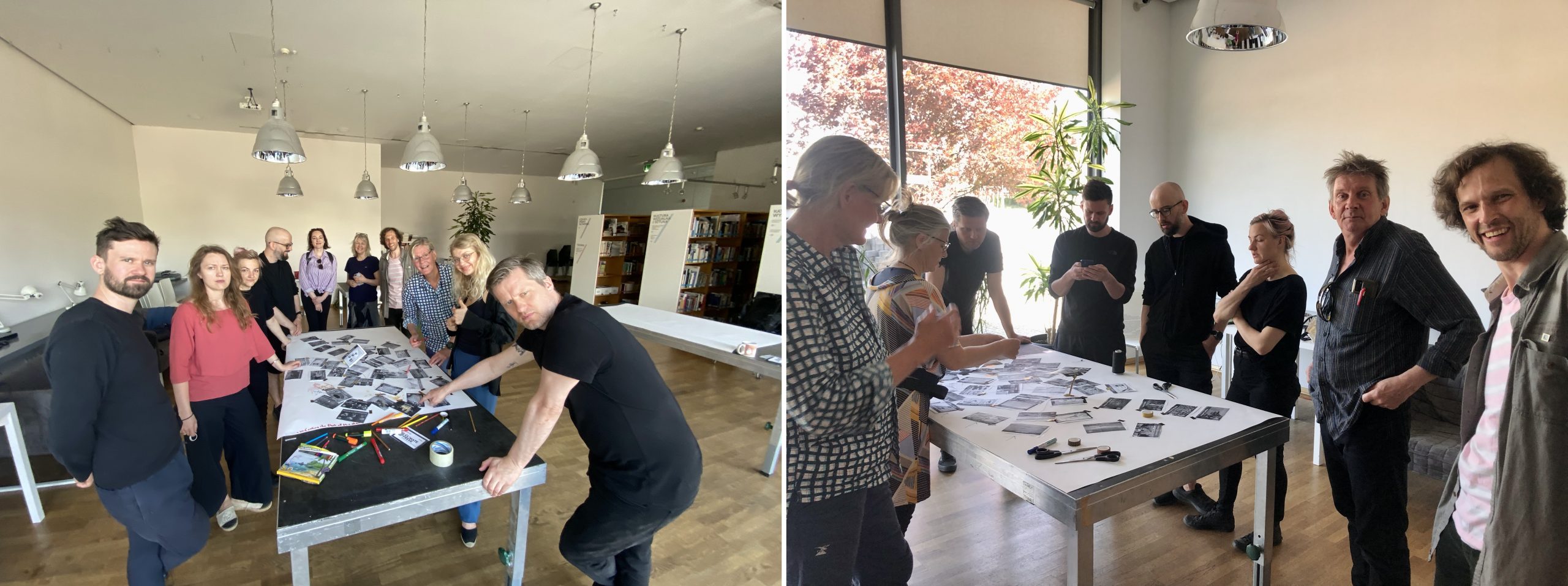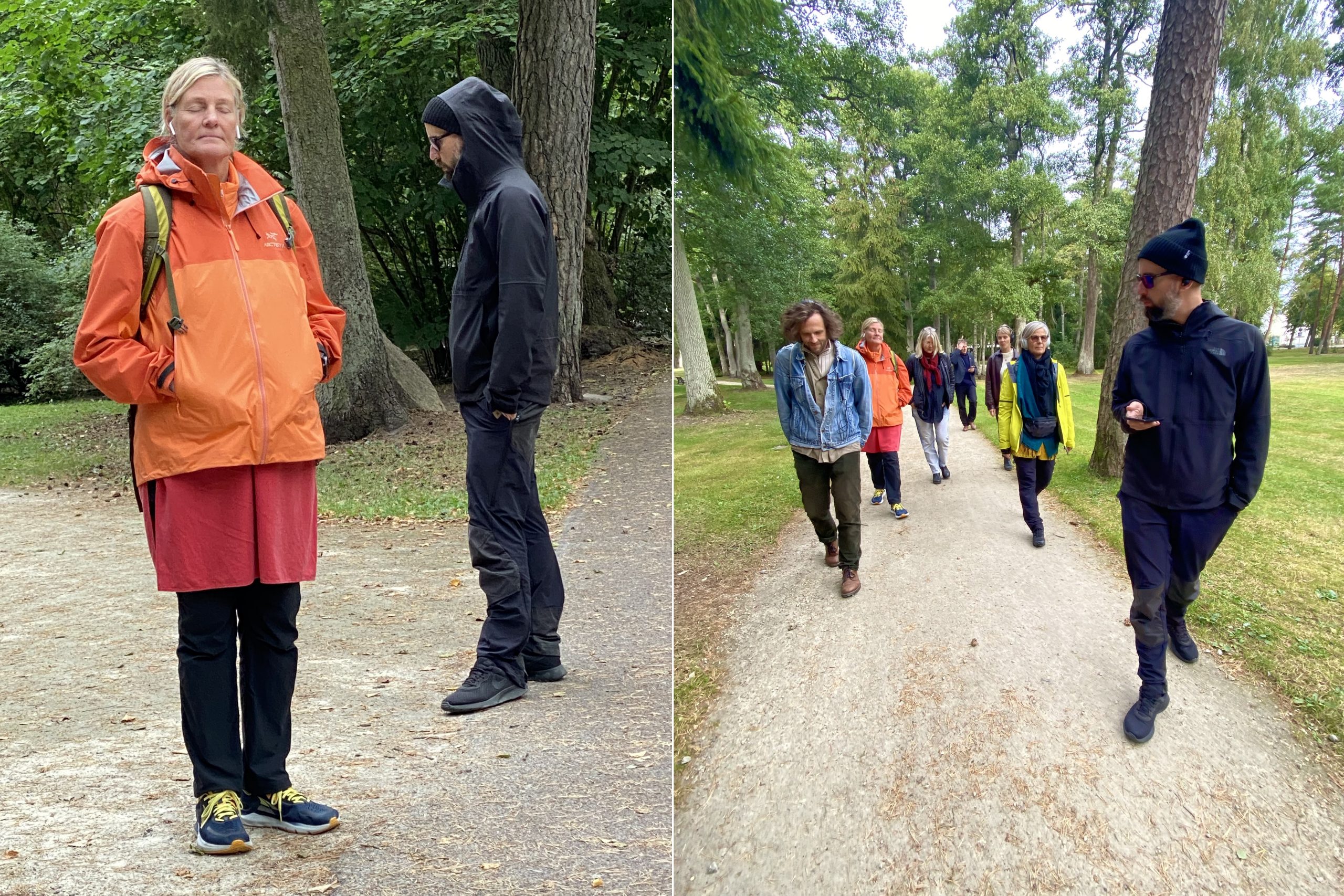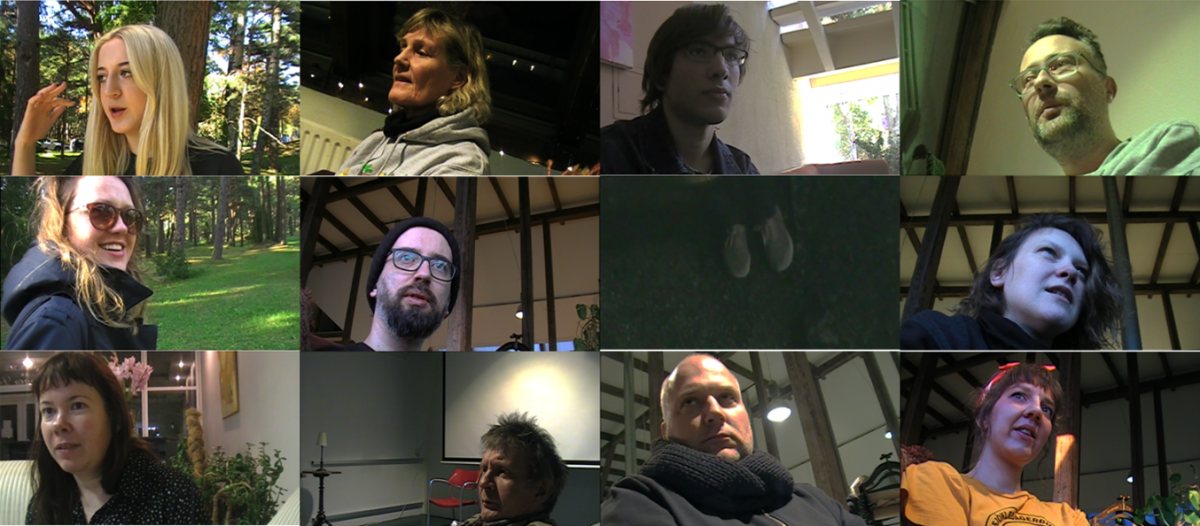According to Maslow’s (1943) hierarchy of needs, physiological and safety needs are the basics for every human being. Physiological needs include air, heat, clothes, hygiene, light, water, urination, food, excretion, shelter, and sleep. Only then they are reached, and we can seek others (related to our project ideas), including artistic inclusivity and creativity, connectivity to nature and environment, social actualization and communication, etc.
On average, Europeans spend 90% of their time indoors. From the perspective of human physiological comfort of the body the indoor environment should secure thermal, visual, acoustic, and respiratory comforts. All these criteria together are called Indoor Environmental quality (IEQ). Human comfort perception is a complex matter which depends on both environmental factors and the personal characteristics of the individual occupant. The relationship between IEQs and the wellbeing of occupants and the relationship of IEQs amongst themselves is quite complex. IEQ has an effect not only on comfort but also on well-being, health, and productivity. Even though optimum comfort is subjective, and the criteria for achieving it varies from person to person and culture to culture, these criteria are all interlinked and share basic environmental factors.


The recent studies include the fifth component – biophilic comfort. Biophilia refers to our innate tendency to connect with the nature around us and is related more to mental health. The nature can provide a restorative effect on attention after mental fatigue. It is known as the biophilia hypothesis, this theory suggests that the tendency of humans to focus on and affiliate with nature is genetic. However, green building designs don’t automatically guarantee that the building designed will be comfortable and ensure occupant well-being.
Increasing global temperature will affect billions of people around the world and humans will be pushed out from their thermal comfort zones. In regions with temperate climates, the thermal insulation of buildings is increased to reduce the need for heating (in cold periods). It might significantly reduce human thermal comfort in the summer period. Therefore, climate change demands for increasingly high-performance buildings have led to the research of new strategies to mitigate energy consumption and environmental impact. The comfort simulation methods based on easily accessible numerical simulation tools of the built environment are becoming more popular . Moreover, biophilic designs are strongly related to climate change mitigation and adaptation in urban environments.
The Main Idea and Method of Research
My hypothesis was that people who experience suitable IEQ conditions and feel comfortable and secure at their living and working places have a higher ability to take care of themselves and are more connected to nature, to develop higher compassion to environmental problems. It is based on Maslow’s theory (1943) that first people need to support their fundamental needs and later could have a possibility and inspiration for self-expression, creation, compassion, etc.
Therefore, I decided to take a few interviews with participants of the “Common Ground” (CG) project. I was asking questions about the importance of individual (physiological) comfort and IEQ in daily life the personal relation and connectivity to nature and the importance of environmental crisis and climate change from personal to other perspectives (e.g. as an artist).
The very first interviews were taken in Palanga (coastal part of Lithuania) in September 2021 during CG pre-project workshop activity with students of EHU (European Humanities University) which is situated in Vilnius (Lithuania). It was a great opportunity to meet, share and talk about the ideas with Byelorussian and Russian students. The rest of the interviews were taken in Reykjavik (Iceland) in December 2021 during the first residency of our project. It was a great opportunity to talk personally with the members of our team and to know them better. In general, I collected 23 interviews from all the participating countries and even more. All the interviews were recorded using the ’HDD Everio’ camera (model GZ-MG155E, JVC). I tried to record the majority of the interviews by filming (12), however, for some of the interviews only voice was recorded (11).

A Small Experiment in Torun
During CG residency at the Centre of Contemporary Art Znaki Czasu, Torun, Poland in May 2022, we have ClimateFresk workshop with the artists. ClimateFresk is a powerful tool for providing quality climate education. It proposes a collaborative serious game based on 42 cards and putting them in the right sequence to understand the climate change process. Within the workshop, I was measuring environmental parameters: air and global (operative) temperate, and air humidity. I was using a ‘Heat Stress meter’ (model HT30, Extech instruments). It was quite warm inside our room with a slight discomfort condition for the activities. Other IEQ parameters such as noise, illumination, and air quality was okay.

In the very process, I asked a few participants to share about perceived temperature and thermal comfort during the activity. The perception of the temperature among participants was very accurate. The range of answers was between 22 to 24 °C. They said that it was warm, but they were okay with the temperature. Only one participant said that it is 28 °C because it felt very hot. Usually, engagement in some activities weakens the demand on physiological comfort, even though it was too warm, the attention was focused on the creative process. According to McGilchrist (2012), attention’s ontological status precedes cognitive functions.
 Personal (Physical) Comfort
Personal (Physical) Comfort
“Of course it is important” was the main answer to the question about personal (physical) comfort, because we exist in the physical world, and sensing it makes us humans. However, most of the time we take it as a natural, pre-existing state and not paying attention to the thermal, air quality, acoustic, and visual environments then it is within its comfort zone. Contrary, then the limits of comfort are crossed; it starts to disturb you more and more intensively. I liked the idea/suggestion of one of us that we could focus and understand more about comfort and it could make us more connected to the environment. Even Aristotle studied the common aspects of the physiological processes at the basis of attention.
“Physical well-being is like an addiction.” – Alexandra R.
Another important aspect that emerged from the interviews was that comfort is not only about you, it is about how others could feel comfortable too – people, nature, and even non-living objects (sofa on which you are sitting). In general, the importance of comfort could be understood very individually and it is very difficult to change when we are used to a certain level of it. At the moment we are really too much into comfort and should we become less?
“I could live without comfort, but without nature – no.” – Nadezhda
Not surprisingly, nature was one of the biggest stimuli responsible for personal comfort. People really needed nature to relax, to come down, to refill their energy resources. The ability of nature to be a source of psychological and emotional comfort and, at the same time, to secure physical comfort is overwhelming. And it seems that with age the importance of it only grows.
“It is okay to be in your comfort zone, but it is most important to make it bigger and bigger.” – Ragga
I found that the state of comfort could be a good position to start acting, because the basic needs are satisfied and you can include creativity, compassion, etc. However, some answers gave another opinion: only then you are outside your comfort zone (by personal choice or because of circumstances) you are forced to act. I think the real thing lies in between these extremes. Most important – not to be stagnating or overacting, but slowly explore and expand the limits of your physical comfort.
Connectivity to Nature
Nature comforts us, as we have found in the previous section. But what about individual connectivity to and perception of nature? Again, it seems very individual. Are we connected or just thinking that we are? On one hand, it is obvious that connectivity exists everywhere and with everything. The cities with trash, noise, and polluted air are no longer attractive. Therefore, we are seeking shelter and relaxation in nature. On the other hand, only some things are connecting us, but not a lot. We are picking ‘the best suited’ nature pieces for us, but the bigger picture stays undercover. I like the idea of that mindfulness could be a way for reaching connectivity to nature on both scales: individual and global.
“Everything is connected to each over. We are one living form.” – Maciek
Not so rarely the connectivity was reached with a reflection of the past, and perceived via memories of childhood, parents’ house, garden, woods, and local landscapes. It seems that the roots of this connectivity were strongly related to cozy and safe places. Nature becomes very localized and is seen from a narrow point of view. However, it still could be fairly enough during the rest of life to perceive nature with increasing interest and connectivity.
“Even simple feeling about the park with a concrete path instead of having ground on it. And all these kinds of small things are already making a distance.” – Julija
It seems that nature is only what is beautiful and comfortable. While interviewing and communicating with CG artists from Iceland I felt that their perception of and respect for nature has a different, wider point of view. However, for some of the persons, the perception of nature was shifted during our visit to Iceland (previous visits to other countries). It opened new ways to see and understand nature. (We discussed with Maria that it could be bigger research on it, but so far it didn’t happen.) And the shift could be very big, for example, what I have learned from chatting with Wiola. She told that her connectivity to nature was strong from childhood, but mostly related to living nature such as animals, and plants. She always had a feeling of controlling it. Iceland opened another part – non-living nature (rocks, volcanos, weather) which now was not possible to control.
“Nature has an effect more on my way of thinking. I am not working on nature; nature is working on me.” – Pétur
What are we lacking for higher connectivity to nature? I have collected different thoughts. Sometimes you just need to ask, because people are kind and they do not refuse to help. Also, people should want and reach for it, without that, it wouldn’t work. And this willingness could be reached by developing the ability to know and to learn more about the importance of relation and nature in general. Not surprisingly, some see art as a possibility to get closer to nature through artworks, which is not imperatively related to nature but, awaken sensual perception of environments. I appreciate this attitude a lot.

Climate Crisis and Common Ground
I like it as continuous thought – it is essential to understand that we a not alone on this planet and some species were living in the same locations much longer than we do. It reminded me of one small step (illustrating humankind’s history) compared to 4.6 kilometers distance walk (which represented the whole history of Earth). We had this experience with our CG group using the Deep Time Walk app during Palanga (Coastal part of Lithuania) residency in September 2022.
“This is very unfair. We have been here for a very short time compared to the animals who have been living here for hundreds of years.” – Anna Sigga
As I learned from the interviews humans get used too much for comfortability and technological progress during the last two hundred years. Nature should be closer to us and the way to reach it is by developing self-consciousness. Otherwise, within 50 years, we could lose the human climate niche. Environmentally friendly technologies could be a good tool, but firstly we need to listen to people – they could show us the right way to act.
“The landscape changed completely. I would like to make people conscious about the problem.” – Sylwia
What I heard from the interviews, is that the current environmental situation in the world makes us sad, worried, and, even ashamed of it. It became very dangerous and it scares us a lot, it is paradoxical, but this danger comes mostly from humans. The ideas which entered were that some push-on is needed for humans and it could be reached step by step showing how much nature and green spaces could be beneficial for us. Referring to Wiola’s words: we need people who are fighters with empathy.
“This makes me sad. We could be living in a different kind of world if not for our ego.” – Živilė
It was surprising, by myself and from the interviews, to find that even in such a small community of CG we are not common grounded at all. It looked like more fluid (not stable and always changing) ground. It is how we felt during our residencies and meetings. We were just a small reflection of the world situation, where everything is based on political decisions, not on human needs. On the one hand, we could choose to protect the environment. On the other hand, we could use and consume nature as much as we want. However, I felt huge climate crisis awareness among our team which became (will become) actions and it was a magnificent achievement of Common Ground.

